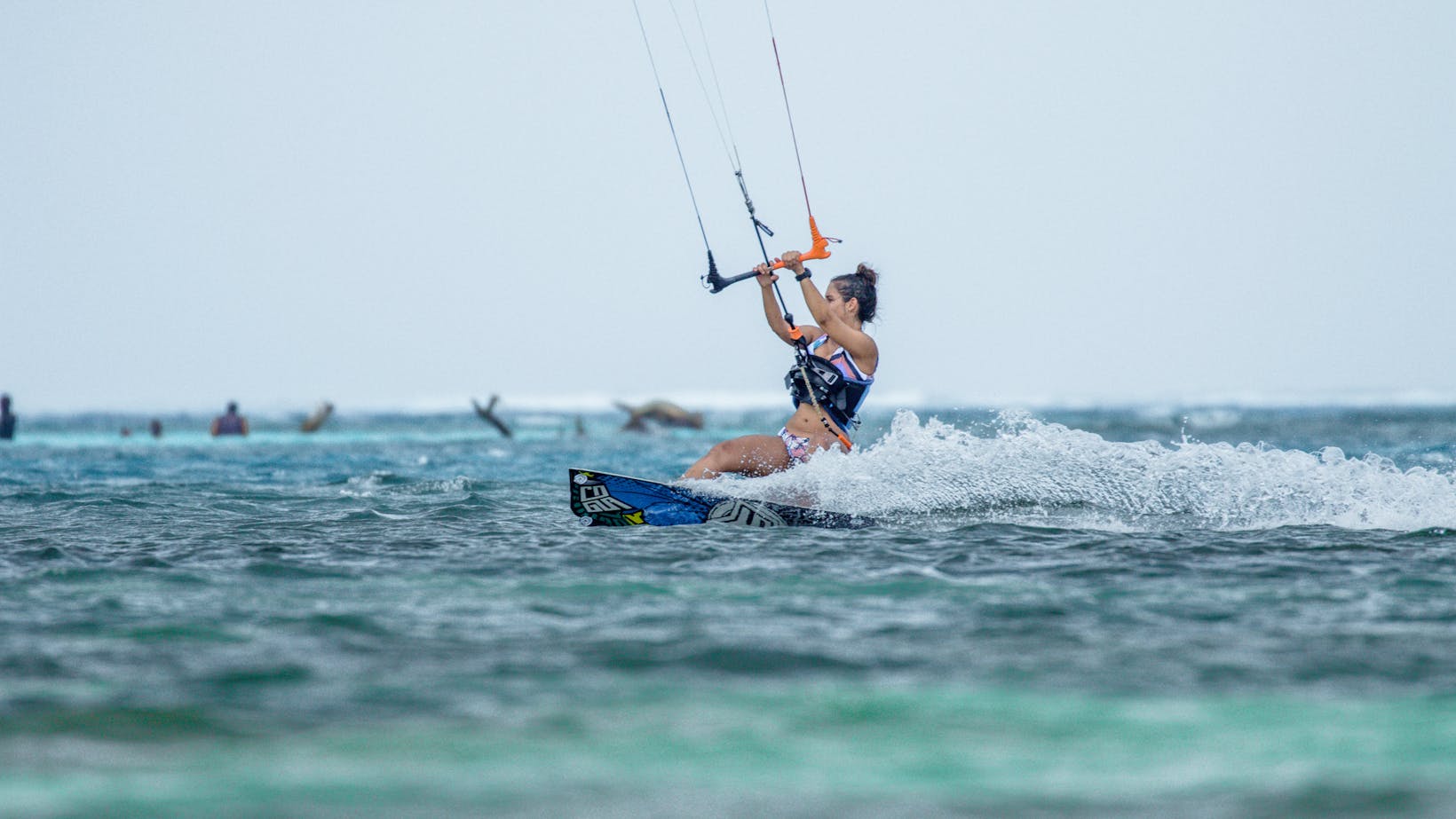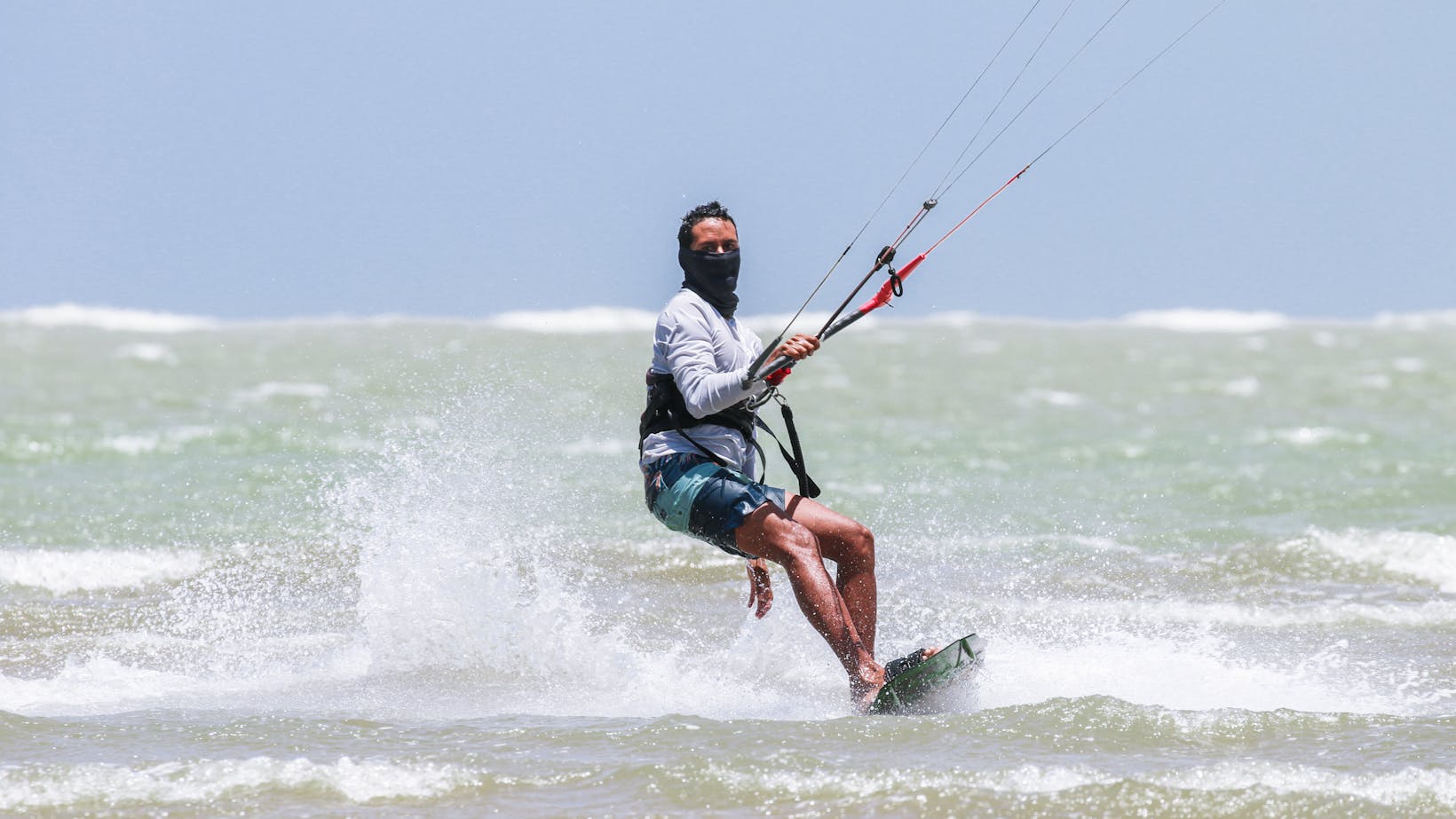Wakeboarding, a thrilling mix of surfing, snowboarding, and water skiing, has captured the hearts of adventure seekers around the globe. As newcomers gaze at the sleek movements and daring jumps of experienced riders, a common question emerges: Is wakeboarding hard? This question isn’t just about the physical challenge; it delves into the learning curve, the dedication required, and the journey from beginner to pro.
Is Wakeboarding Hard
Wakeboarding demands a deep comprehension of several key factors to effectively ride the waves and perform tricks. Initially, mastering balance is crucial, as maintaining a stable stance on the board is a foundation for all other skills. This involves learning to distribute weight evenly and adjust to the pull of the boat. Additionally, strength plays a pivotal role, particularly in the core and upper body, for enduring long sessions and executing maneuvers.

Wakeboarders also need to grasp water dynamics, understanding how waves and wake affect the board’s movement and how to use these forces to their advantage. Progression in wakeboarding is marked by a gradual increase in complexity, from simple straight rides to complex aerial tricks. Access to qualified instructors and consistent practice areas can significantly influence the learning curve, making it easier for beginners to grasp the basics and advance. Overall, the journey from novice to skilled wakeboarder is filled with challenges that require patience, practice, and a strong will to learn.
The Challenges of Learning Wakeboarding
Learning wakeboarding presents several notable challenges that can influence a beginner’s progression in the sport. One primary difficulty is achieving and maintaining balance on the board. Newcomers must learn to balance on a moving surface while being pulled by a boat, a task that requires core strength and coordination. Another significant challenge lies in mastering the proper stance and techniques, such as edging, which controls the board’s direction and speed. Strength plays a critical role as well, especially in holding onto the tow rope and executing jumps and tricks. Understanding water dynamics, like wave patterns and speed, is essential for safely performing maneuvers and avoiding falls. Additionally, access to equipment and suitable wakeboarding locations can pose logistical challenges, affecting practice frequency and quality. These factors combined make wakeboarding a complex sport to learn, necessitating dedication and consistent practice to overcome the initial learning curve and improve skills.
Comparing Wakeboarding to Other Water Sports
Wakeboarding, while challenging, stands out when compared to other water sports like surfing, water skiing, and kiteboarding. Surfing requires catching and riding waves, a skill that hinges on wave conditions and demands considerable patience and timing. Water skiing, on the other hand, involves a similar balance to wakeboarding but with each foot on separate skis, making it distinct in terms of stance and control. Kiteboarding introduces the complexity of managing a kite’s power while riding on the water, necessitating a unique set of skills for balance and kite control. Each sport presents its own set of hurdles, but wakeboarding’s requirement for mastery over balance, coordination, and technique on a single board links closely with the skills developed in snowboarding and skateboarding. This makes wakeboarding particularly appealing to those familiar with these sports, potentially easing the learning curve.
Tips for Beginners
Embarking on wakeboarding, beginners should prioritize mastering basic skills for a smoother learning curve. Starting with the right equipment lays the foundation for success. Beginners must choose a wakeboard suited to their weight and height, ensuring better control and stability. Selecting comfortable, supportive bindings is equally crucial, as they secure the rider’s feet to the board and aid in maneuverability.

Practicing the correct stance is fundamental; riders should keep their knees bent and their weight centered over the board. This position enhances balance and responsiveness. Learning to edge, or tilt the board using heel and toe pressure, is essential for steering and controlling speed on the water.
Wakeboarding Safety
Wakeboarding, while challenging, is an exhilarating sport that anyone can learn with the right approach. Ensuring you have the proper equipment and access to good training spots will set the foundation for a successful wakeboarding journey. It’s essential to remember that like any sport, wakeboarding requires patience, practice, and persistence. With time and dedication, mastering the balance, stance, and techniques necessary for wakeboarding becomes more achievable. Moreover, taking professional lessons can significantly accelerate the learning curve, providing personalized tips and guidance that are invaluable for beginners. Ultimately, the key to overcoming the challenges of wakeboarding lies in maintaining a positive attitude, staying committed to practice, and embracing every moment on the water. Wakeboarding isn’t just about the tricks and jumps; it’s about the joy of the ride and the personal growth that comes with it.
